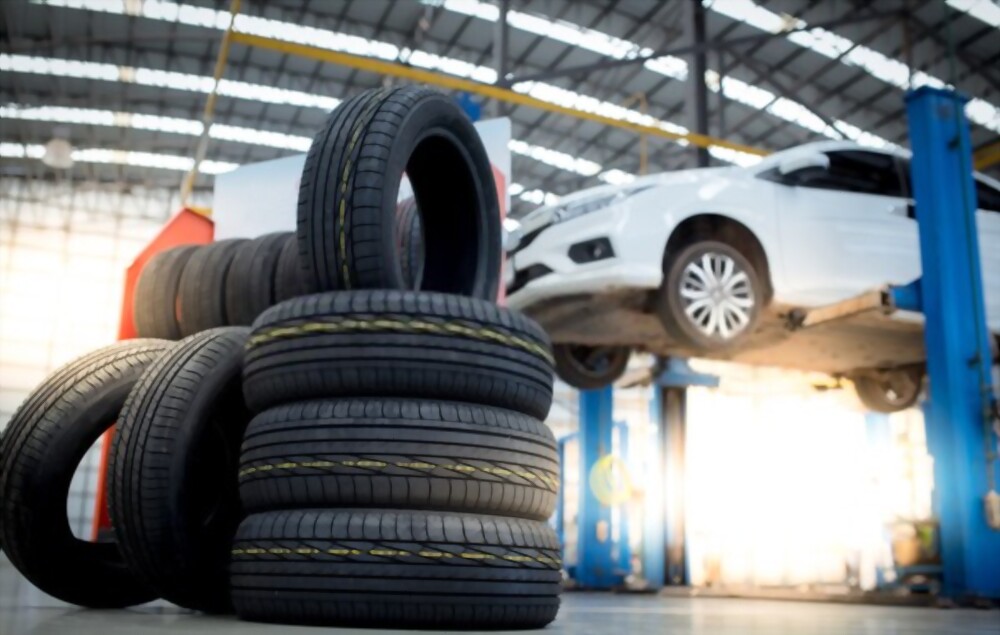Understanding the Tire Size Basics: A Gateway to Enhanced Performance
Have you ever wondered how exactly tire size affects the performance and handling of your vehicle? Well, buckle up and get ready for a deep dive into this fascinating topic. Your tires are the only points of contact between your vehicle and the road, making them a critical factor in ensuring safety, maneuverability, and overall driving experience. So, let’s explore the complex relationship between tire size and performance, and why it might be time for you to consider investing in new tires.
The Impact of Tire Size on Acceleration and Braking: Unleashing Your Vehicle’s Potential
The diameter and width of your tires play a pivotal role in determining your vehicle’s capability to accelerate and brake effectively. Smaller diameter tires offer quicker acceleration, as they have less rotational mass and require less energy to get moving. On the other hand, larger diameter tires provide better traction due to their increased surface area, resulting in improved braking performance. So, if you’re after a thrilling driving experience with rapid acceleration or if you prioritize enhanced safety and shorter braking distances, selecting the right tire size becomes crucial.
Cornering and Handling: Unleashing the True Potential of your Vehicle
When it comes to handling and cornering, choosing the appropriate tire size is a game-changer. Wider tires offer a larger contact patch, providing enhanced grip and stability during tight turns. This translates to improved cornering ability and confidence-inspiring handling, giving you the freedom to push your vehicle to its limits. Conversely, narrower tires have less rolling resistance, which can improve fuel efficiency but sacrifice some cornering capability. So, whether you crave exhilarating performance on twisty roads or prioritize balanced maneuverability, understanding the dynamics of tire size will guide you toward making a wise purchase.
Fuel Efficiency and Comfort: Striking the Perfect Balance
As an informed car owner, you likely understand the importance of fuel efficiency and ride comfort. Surprisingly, tire size plays a significant role in both these aspects. Smaller and narrower tires generally have lower rolling resistance, resulting in improved fuel economy and reduced carbon emissions. On the other hand, larger tires offer better shock absorption, providing a smoother ride and increased comfort when traversing potholes or uneven surfaces. Striking the perfect balance between efficient fuel utilization and cushioned rides can be achieved by carefully selecting the right tire size for your vehicle.
In conclusion, understanding the influence of tire size on the performance and handling of your vehicle is vital in optimizing your driving experience. Whether you prioritize acceleration, braking, cornering, fuel efficiency, or comfort, selecting the appropriate tire size can unlock your vehicle’s true potential. So, next time you hear that enticing call to enhance your tire game, remember the power lies in your hands – or rather, your wheels. Explore the world of tire sizes, make an informed choice, and let your driving experience soar to new heights. It’s time to hit the road, equipped with the perfect tires tailored to your preferences.


